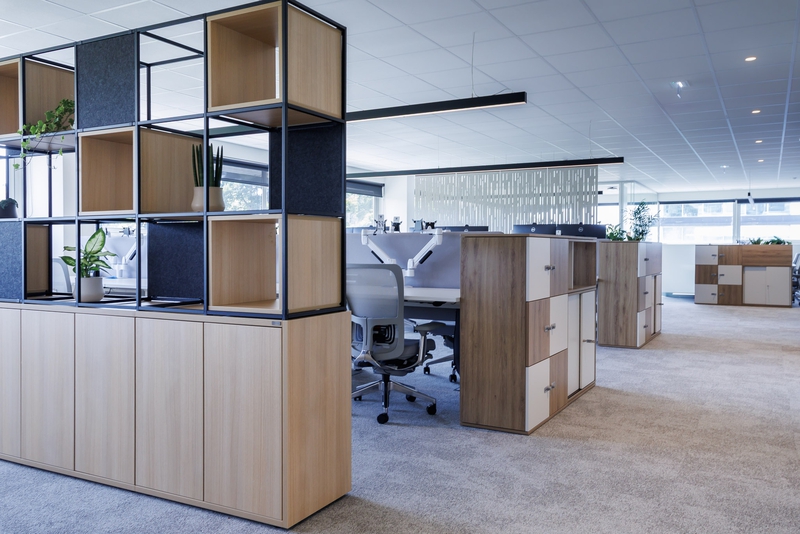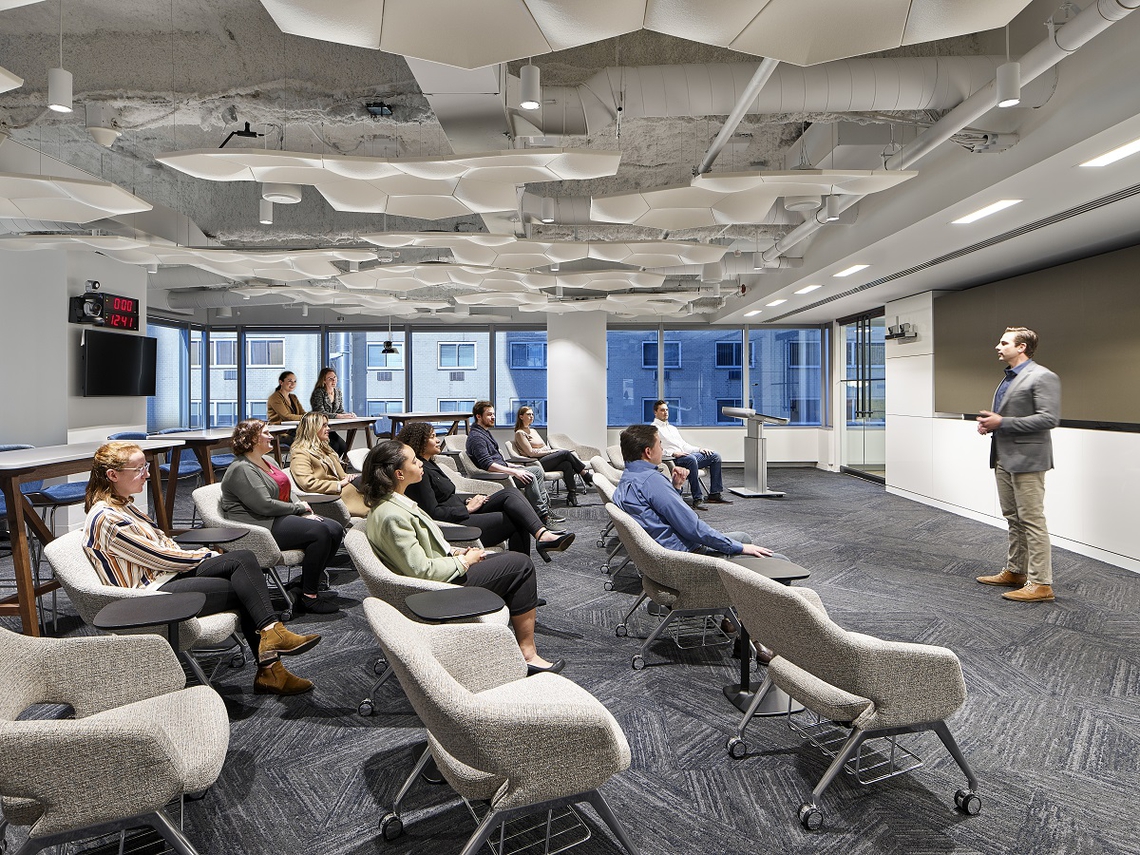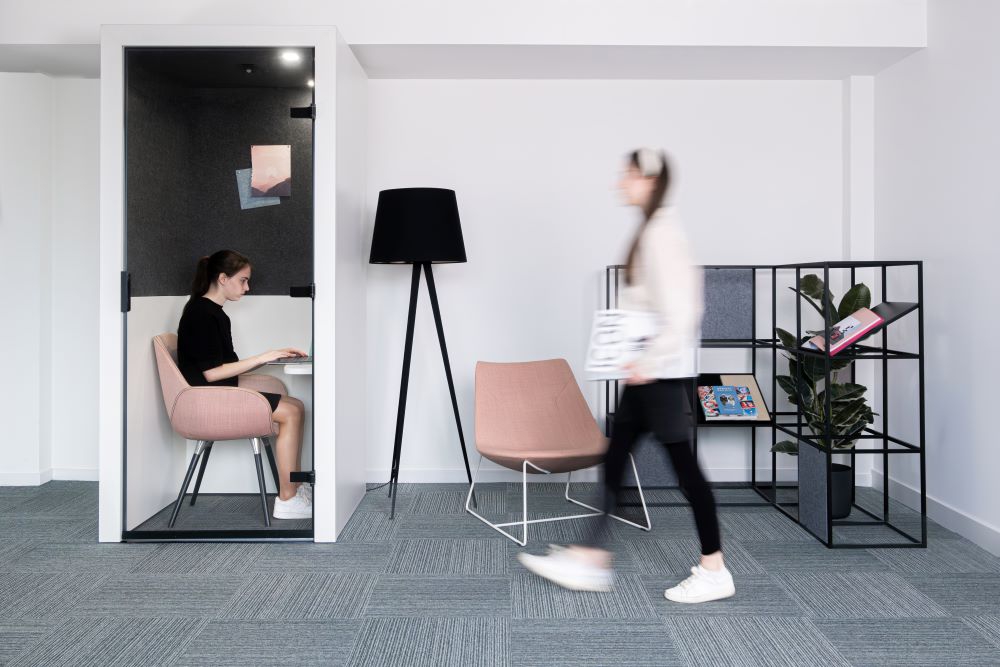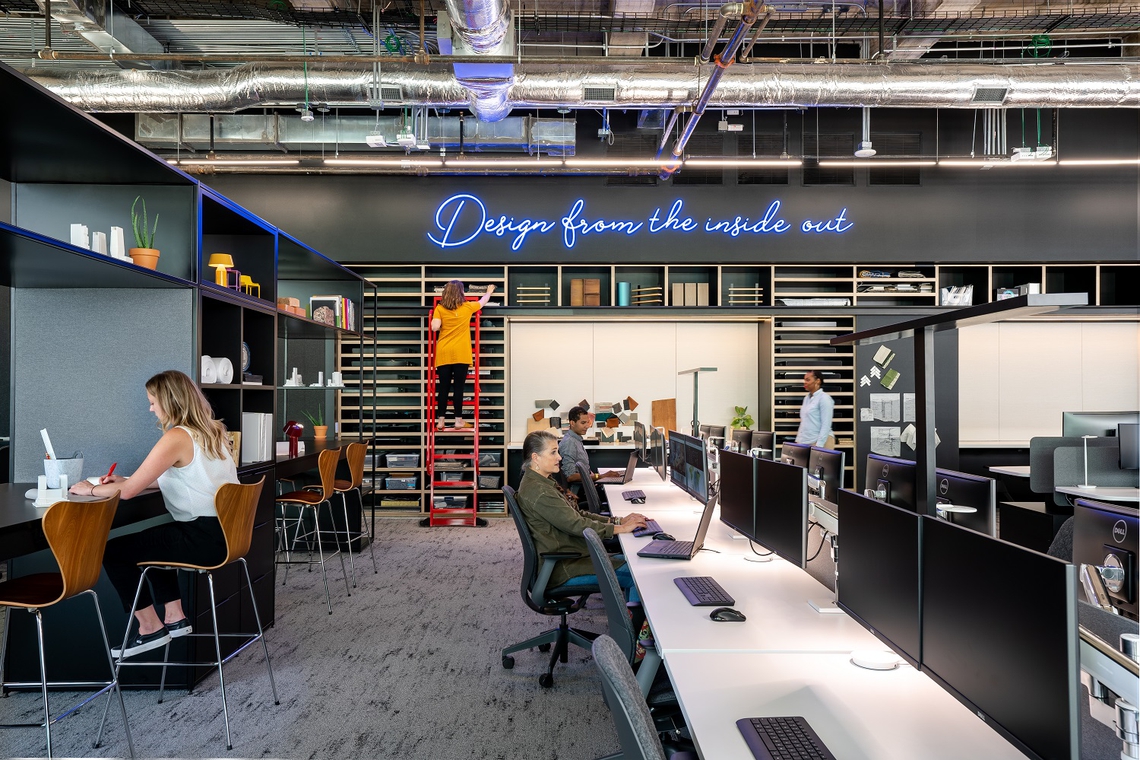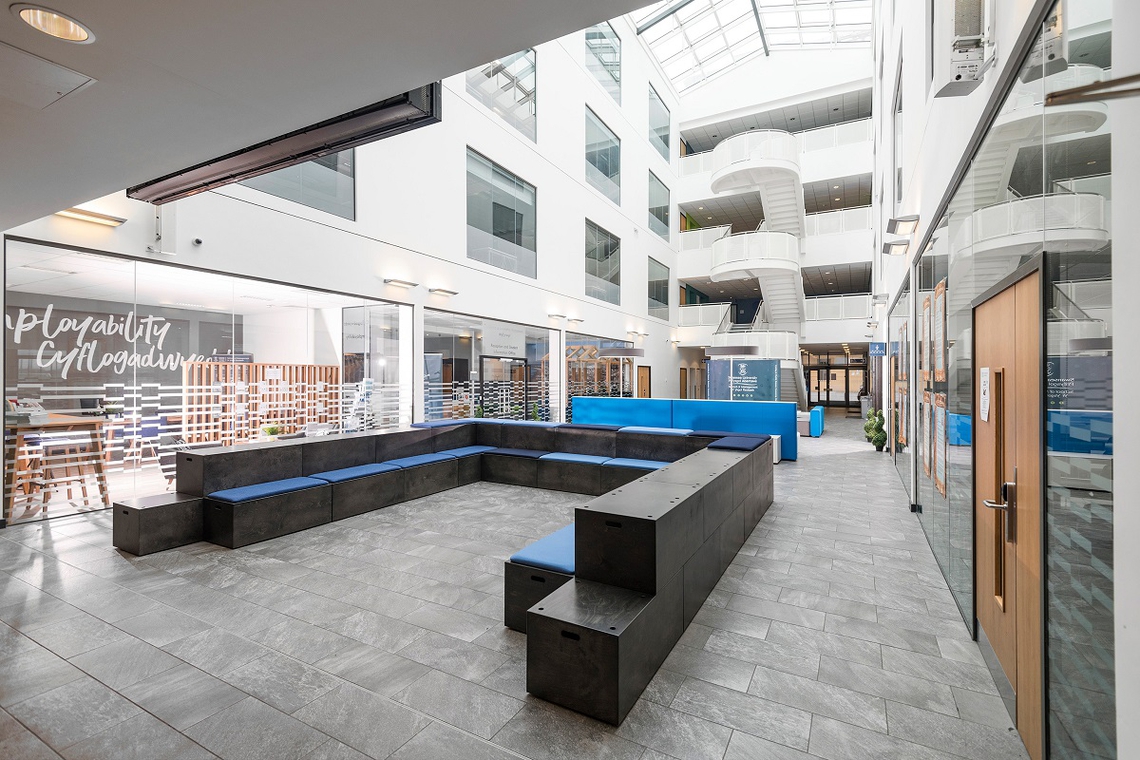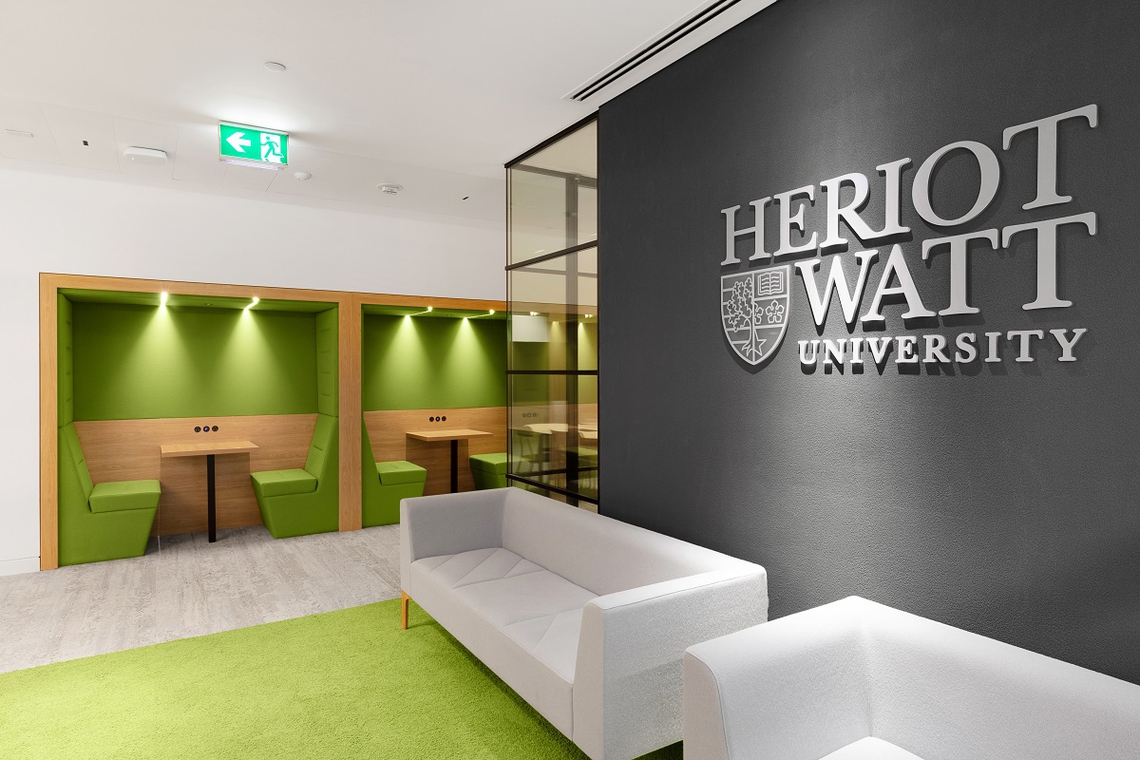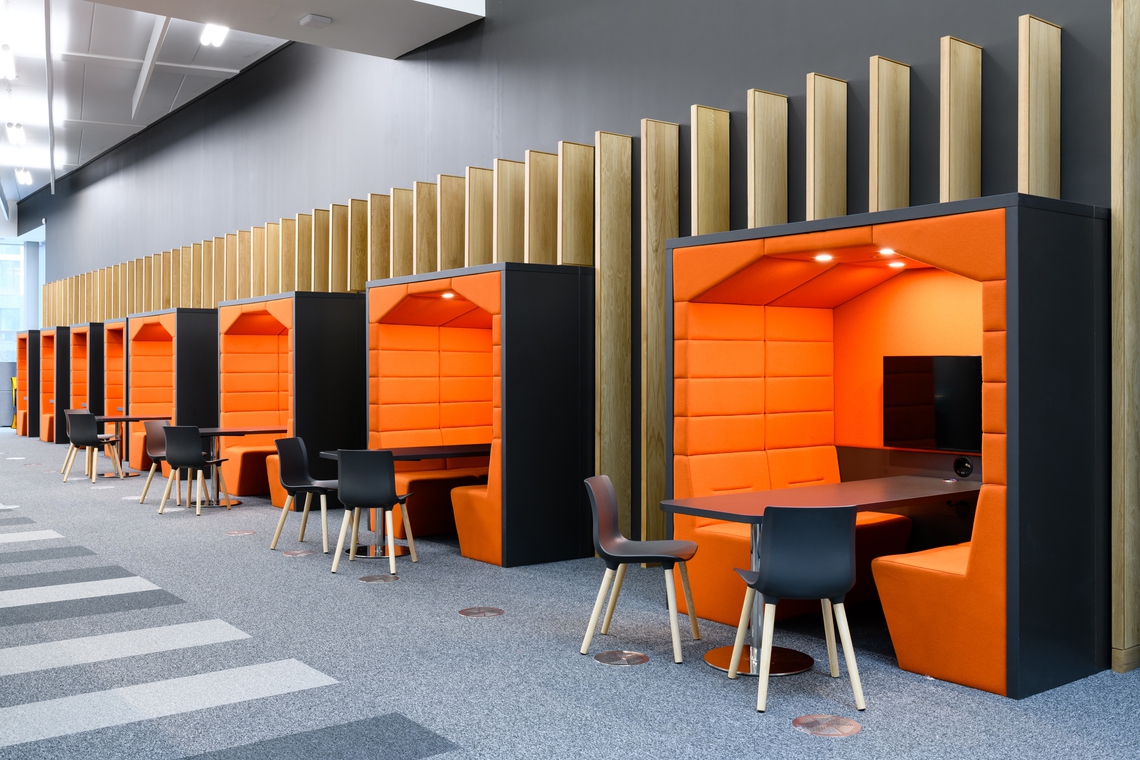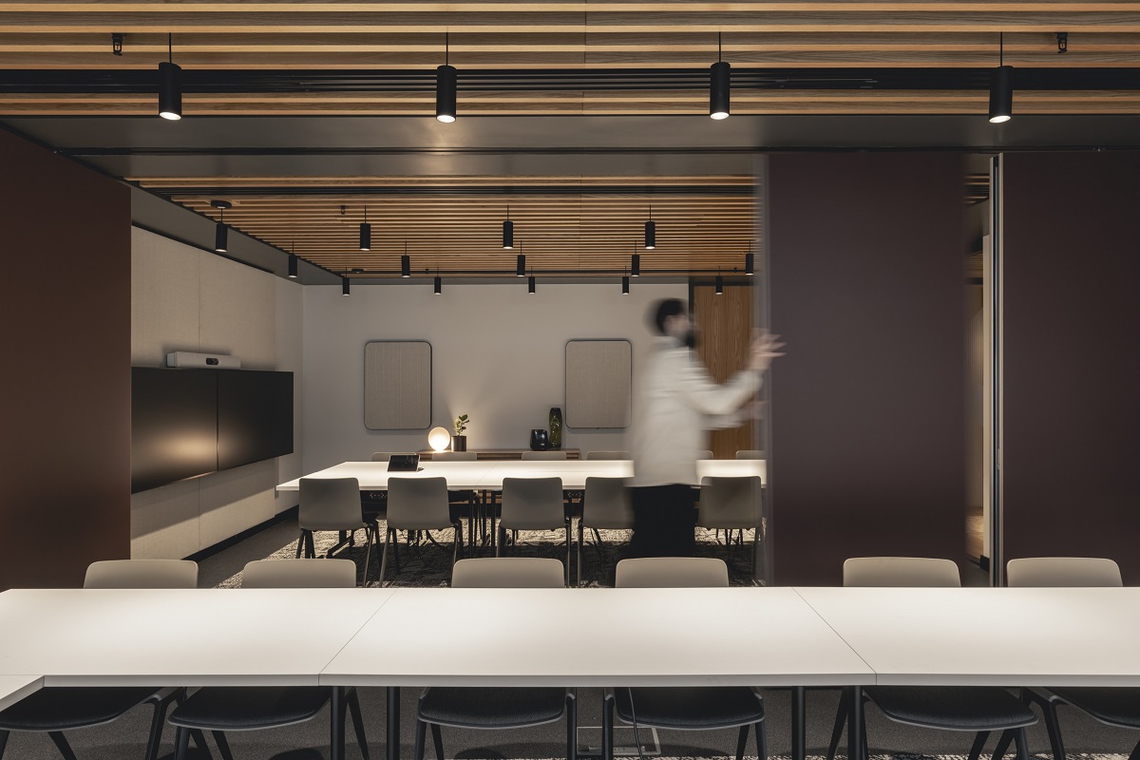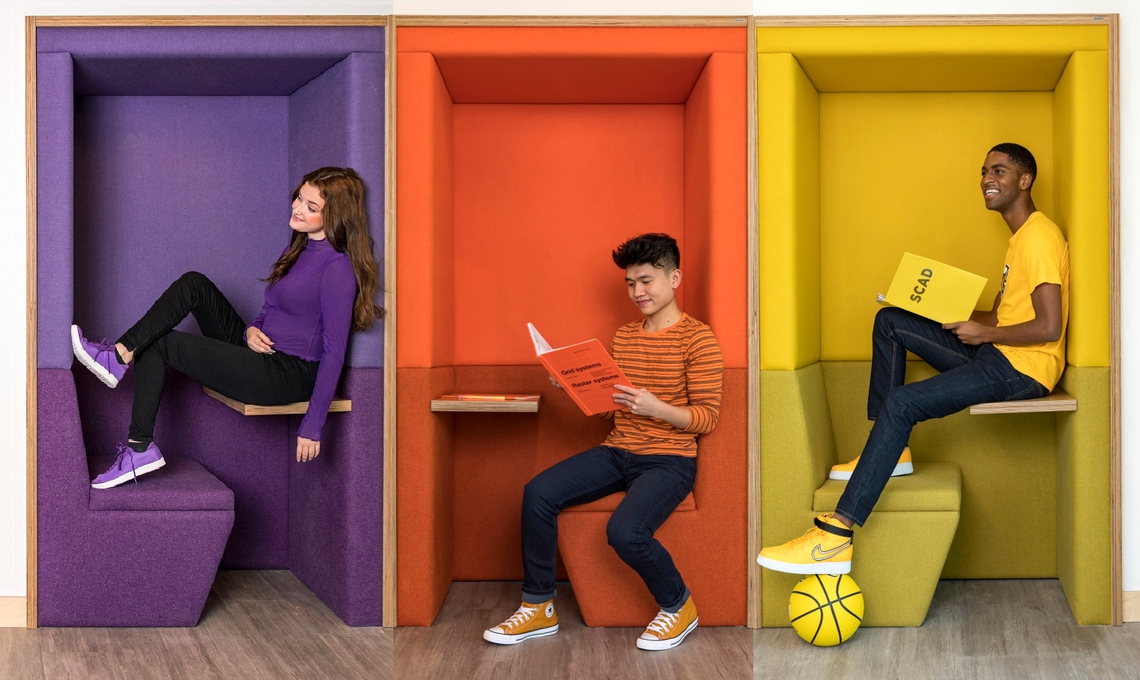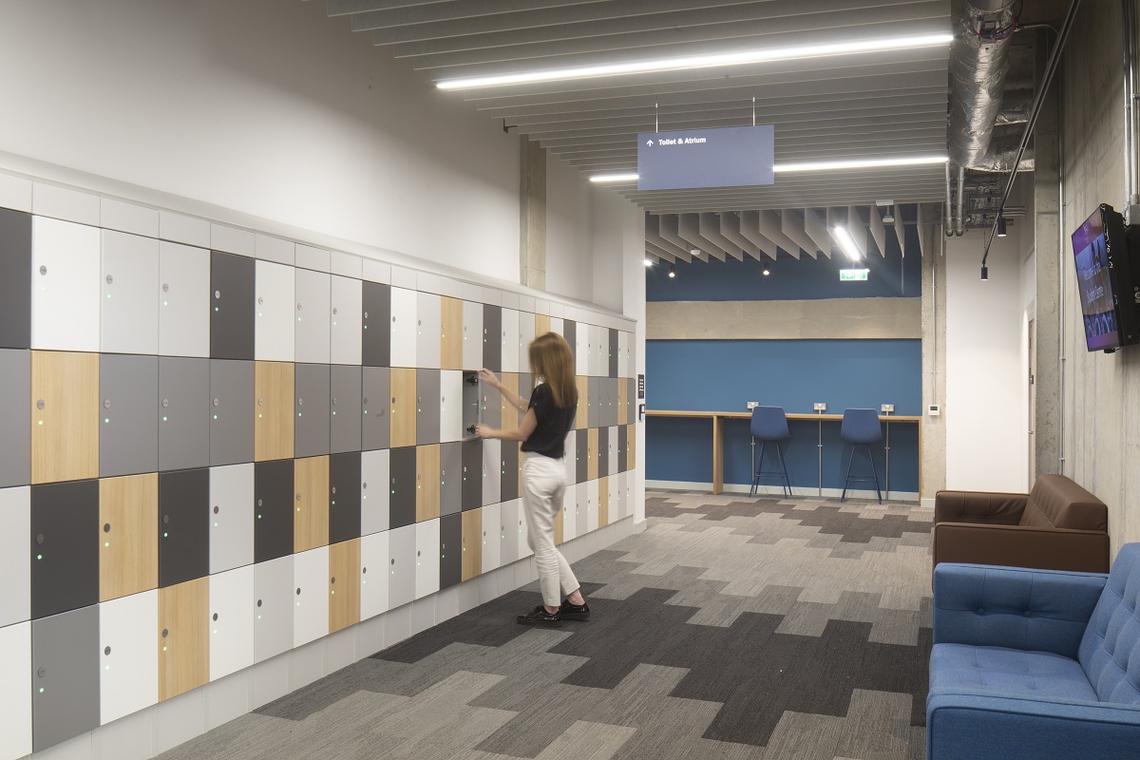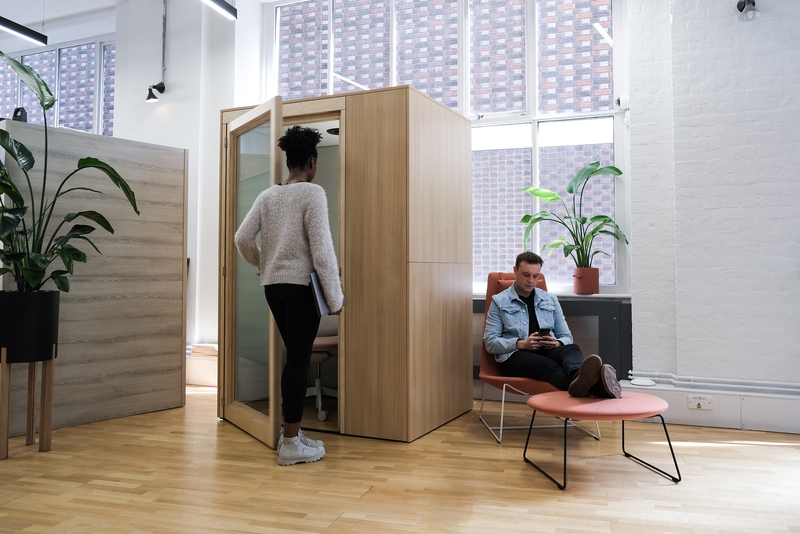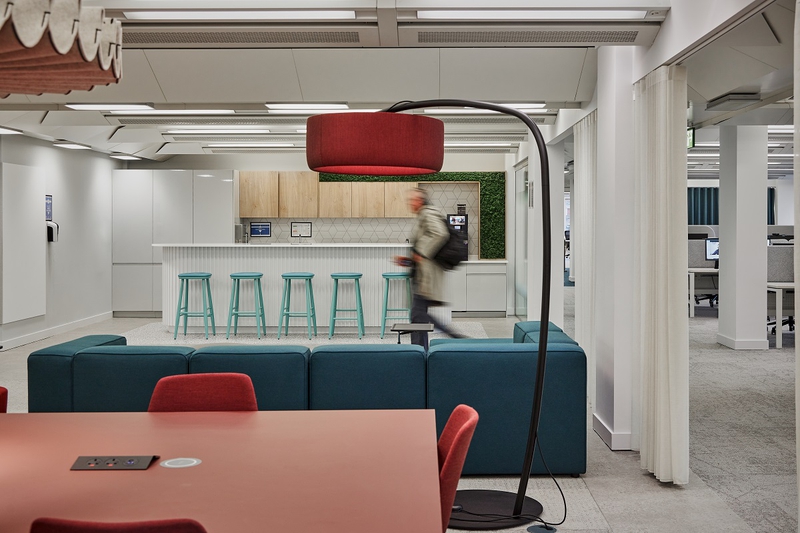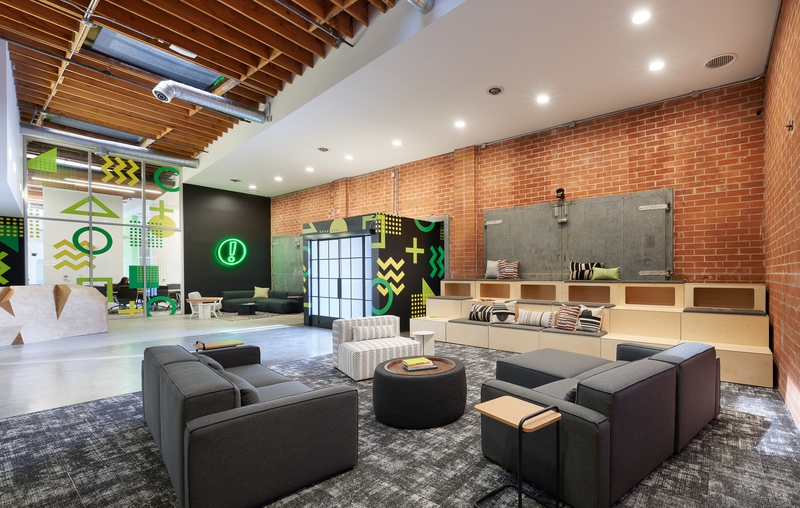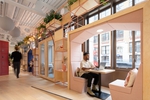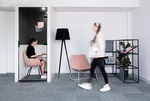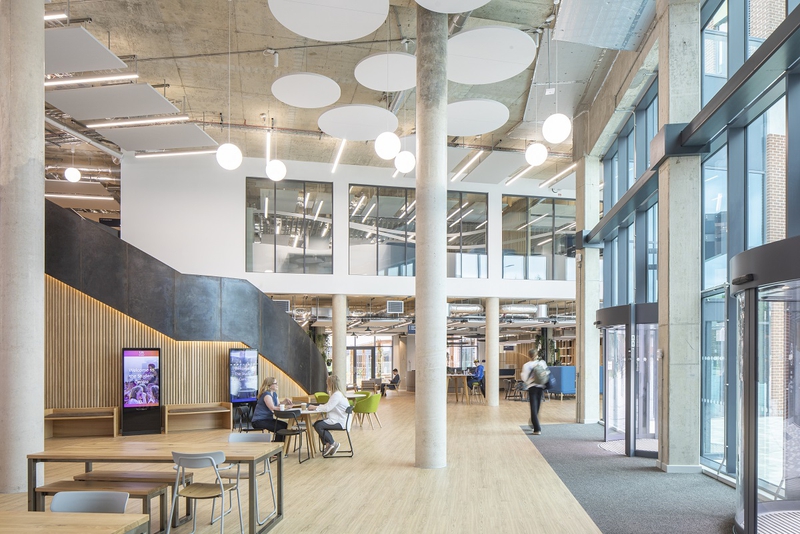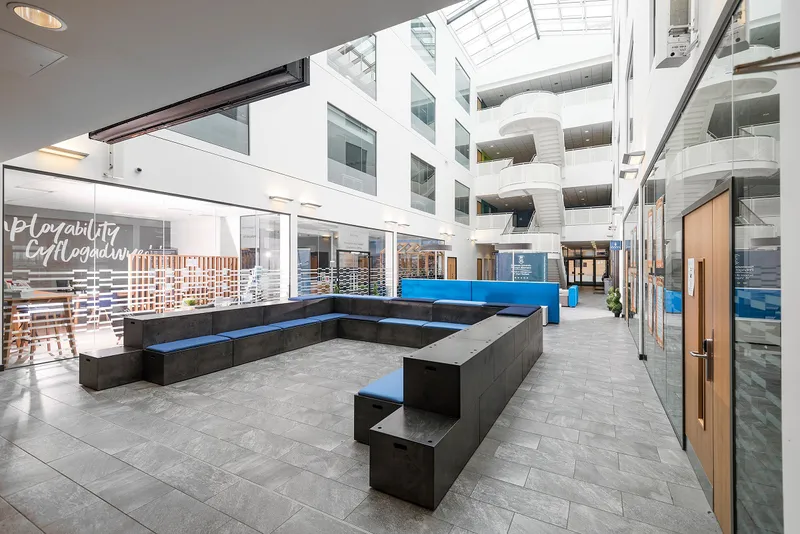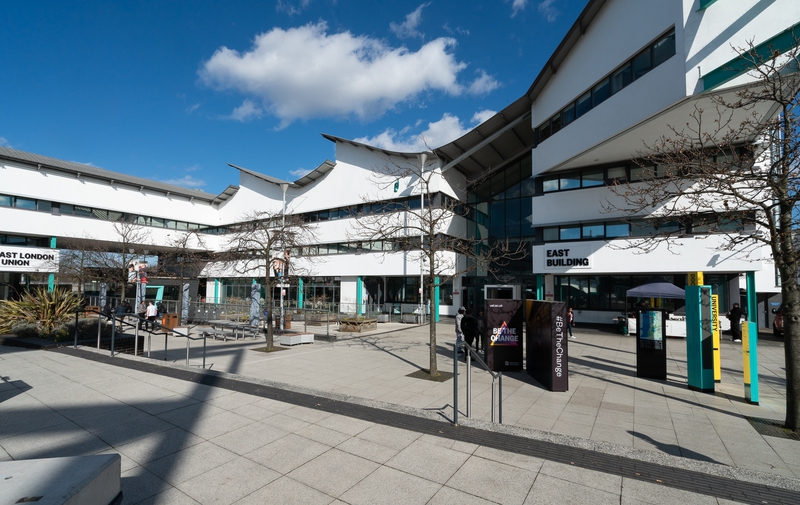26 Jan 2024
Industry Trends
The importance of designing educational spaces has become increasingly crucial to delivering an effective and engaging learning experience. For many institutions, especially in higher education and universities, students are customers and clients, paying good money for an educational service. So, offering an environment that supports their learning as well as enhances their personal and social life is key. Post-pandemic, students are demanding more from their environment, and institutions are doing more to meet their needs, which means reimagining their learning setup.

Examining the current design trends in workspaces, it's evident that these trends are passing through to the education sector, a logical progression given the role today's students will play in shaping tomorrow's workforce. As highlighted in the WEF Future Jobs Report, there’s an emphasis on analytical and creative thinking as key skills for workers in 2024. The emphasis on skill development is playing a significant role in influencing the design of educational institutions. This influence extends beyond classrooms, impacting the overall architecture and functionality of educational spaces.
In this blog, we'll explore the top design trends in education, observing an ongoing evolution that not only affects how we approach learning but how we shape the influential experiences of the workforce of the future.

Flexibility & Personalization
Educational spaces, much like workplaces, are adopting more and more flexible and modular designs, including furniture that provides ample design choice. This is great for students who can decide how to use a space. A variety of design options not only provides numerous possibilities but also lets students feel a sense of ownership, allowing them to customize and personalize their environment based on their mood, activity, or specific needs.

Whether students want to collaborate, socialize, work in small groups, or spend time working alone, the design accommodates different preferences. This adaptability supports casual chance encounters and impromptu brainstorming sessions, creating a dynamic learning setting.
Take Swansea University as an example, where our modular bleacher seating system serves as a versatile solution, seamlessly blending a meeting room with an auditorium. The system's flexibility empowers users to configure it to match any situation, letting them create their own collaborative space.

Community-Centric Design
A student-centric design is not a recent development, most educational facilities have tried to design around the student experience for decades – however, the recent shift is towards personalized experiences within a community. Just as with the workplace, there is a renewed focus on community and connection, largely due to the lack of social interaction throughout the pandemic, students too crave a sense of belonging, especially for those who are far from home. Striking a balance between providing spaces tailored to individual needs and fostering a connection to the broader environment has become a focal point in educational design.

This theme is exemplified in our work at Heriot Watt University's Dubai campus, where Railway Carriage booths serve as ideas hubs for collaboration and, simultaneously, offer a relaxed and focused environment for individual concentration. While designed to accommodate individual needs, these spaces also serve as hotspots for student interaction.
Alongside the bank of bespoke HotLockers, complete with bright and personal branding colours and customized with a mail slot and a name card holder, these lockers also allow students to safely receive post during the day without the need for additional mail lockers, contributing to a sense of community and culture within the space.

Tech Enablement & Collab
In this digital age, higher education institutions are incorporating advanced technologies into their design approaches. This is no longer a good to have, but a necessity for an increasingly tech-savvy generation. Smart classrooms, featuring interactive whiteboards, video conferencing tools, and collaborative software, empower educators to build engaging learning experiences. This trend is anticipated to grow in the coming years, especially with the ongoing development of technologies like artificial intelligence (AI) and augmented reality (AR).
Illustrating this shift, our project at Birmingham City University is centered around creating a future-ready, technology-enabled learning environment. We achieved this by installing Railway Carriage booths equipped with integrated technology, screens, power outlets, and USB ports—all aimed at enhancing the overall learning experience.

Blended Purpose Spaces
With the rise in remote working and studying, to provide an environment that encourages people to use the space, it needs to serve a multitude of purposes. Higher education institutions are increasingly adopting a resimerical design approach to encourage space usage. This incorporates elements that create a comforting home-like atmosphere, including communal kitchen tables and personalized, cozy spaces with warm lighting to replicate the home. With greater emphasis on providing a calm space to encourage efficiency, furniture like the Edustor helps to reduce distractions and promote peace in a busy classroom environment. We anticipate a growing trend in the development of flexible and comfortable surroundings, drawing design inspiration from the atmosphere of home learning spaces.
Similarly, this trend aligns with the concept of "bleisure" in the workplace, where business and leisure activities are integrated into one experience. In education, bleisure zones are essential in shaping educational spaces to attract students. This includes incorporating enhanced amenities through restaurants, gyms, relaxation areas, and social zones, not only providing diverse design choices for students but also fostering a positive community environment.

Wellness & Sustainability
Prioritizing student well-being is a central focus in contemporary design considerations for higher education institutions. Integration of elements that enhance wellness and comfort, such as ergonomic furniture, natural lighting, and indoor greenery plays a pivotal role. Establishing a comfortable and inviting atmosphere not only contributes to a positive learning experience but also elevates overall student satisfaction, physical and mental health.

Caring for student well-being extends to providing dedicated zones and spaces for private reflection or focused work. The Spacestor Portals family and new essential pod, Portico, are designed as single-person spaces, catering to such needs. Their seamless integration allows students the flexibility to choose their preferred setting, be it within a lively collaborative atmosphere or a quieter space for personal reflection.
Responding to the sustainability expectations of younger generations, institutions are increasingly adopting eco-friendly building materials, energy-efficient lighting, and sustainable architecture principles. This commitment to sustainability is exemplified at The University of Sussex, where our tech-enabled HotLockers were designed to align with the broader serene, biophilic design. These principles not only promote sustainability but also contribute to supporting student well-being.

Higher education design is evolving with a focus on creating innovative, inclusive, and technology-driven learning environments. As institutions adopt these trends, the future of higher education aims to shape the workforce of tomorrow. Staying aware of these trends allows universities to develop spaces that meet current student needs and prepare for the challenges and opportunities of the educational and work landscape ahead.
Share this article








